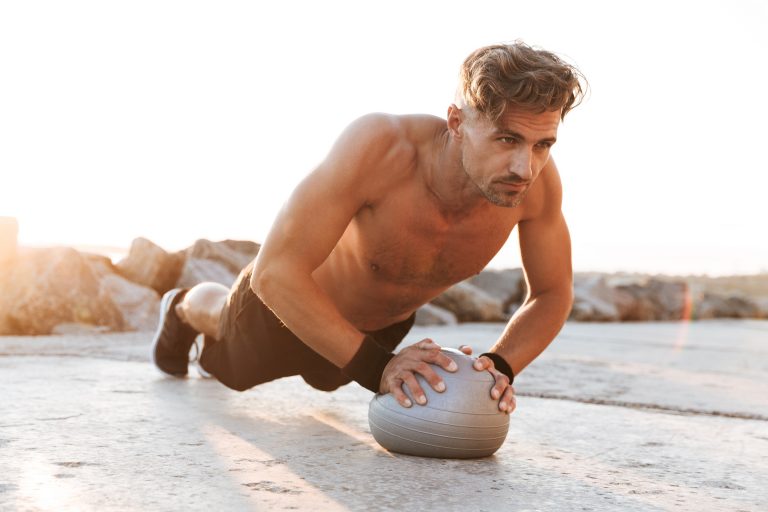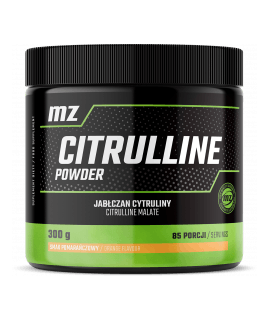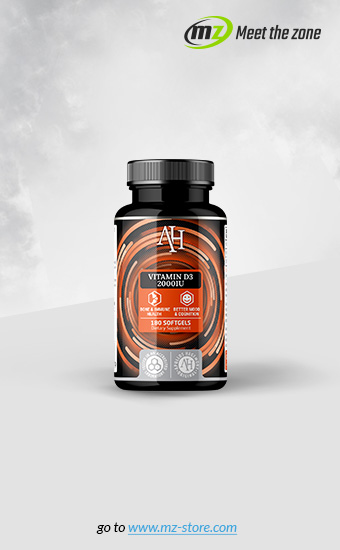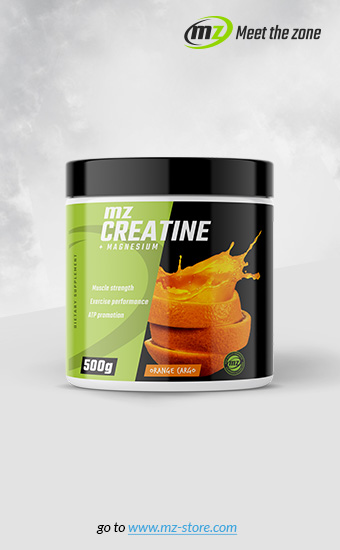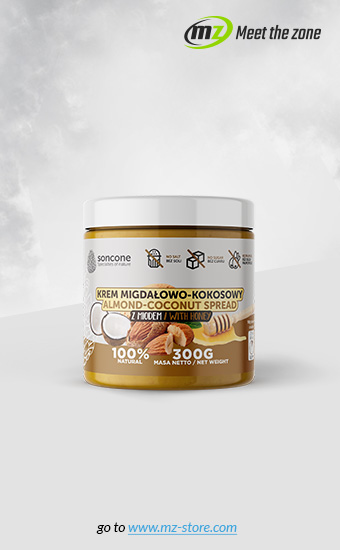We’ve all heard it from strength coaches and training partners. “Keep your core tight. Tighten up your abs.” Okay, what does that even mean? Are they just saying suck in your gut, or is there something special about this core-tightening thing?
Stabilization
The often-missed point of keeping a tight core is to stabilize the spine. If you’re constantly hurting your back, this is for you. I’ve seen lifters hurt their backs from just bench-pressing because they had no understanding of spine stabilization.
Before you tune out and write this off another pre-hab article, pay attention to this – proper spine (core) stabilization coupled with breathing techniques can actually help you lift more weight and improve performance. Learning to properly contract the core and use intra-abdominal pressure is what separates the guys who pretty strong from the ones who are freakishly big and strong.
The Core Defined
Your core isn’t just the washboard that you see in the mirror, or in most cases, the bag of laundry that hangs from your midsection.
Along with the abs in the front (rectus abdominis), it includes the internal and external obliques, the transverse abdominis, quadratus lumborum, and psoas major, extending down to include the hips/glutes and up to include the pelvic floor and the muscles by the spine called the multifidus and erector spinae.
Some core muscles are more superficial and are classified as global muscles involved in the spinal movement. Other muscles are classified as local muscles, which are deep and specifically involved in stabilizing the spine. For movements to occur anywhere in the body, the force has to be transferred through the core.
Stabilizing Techniques
The most common techniques to stabilize the spine for preventing injuries and achieving greater levels of strength and performance are hollowing and bracing.
Hollowing is derived from drawing in and is performed by trying to draw your belly button into your spine.
You’ll hear some say to find a neutral spine first. This technique has been used in rehabilitative settings to teach patients how to activate their transverse abdominous and internal oblique correctly. These are the local muscles involved in stabilizing the spine.
Abdominal bracing, on the other hand, involves contracting both your anterior abdominal musculature and your low back muscles at the same time and bracing, like you were about to get hit in the stomach. Some accompany bracing by pushing the abdomen out. This involves the use of the obliques to produce a more stable and powerful contraction.
Pelvic Floor Contraction
A technique used to teach the full co-contraction of core bracing is to pull your pelvic floor upwards. This is similar to the Kegel exercise that women practice while pregnant or that adolescent boys try in hopes it will give them a little more staying power in bed when they get to play with a real live girl.
To practice true pelvic floor contraction, squeeze your glutes like you just sat on a tack, perform the pelvic floor lift, and brace your abdominals, obliques, and low back muscles like you were about to get hit. Rest a second and repeat.
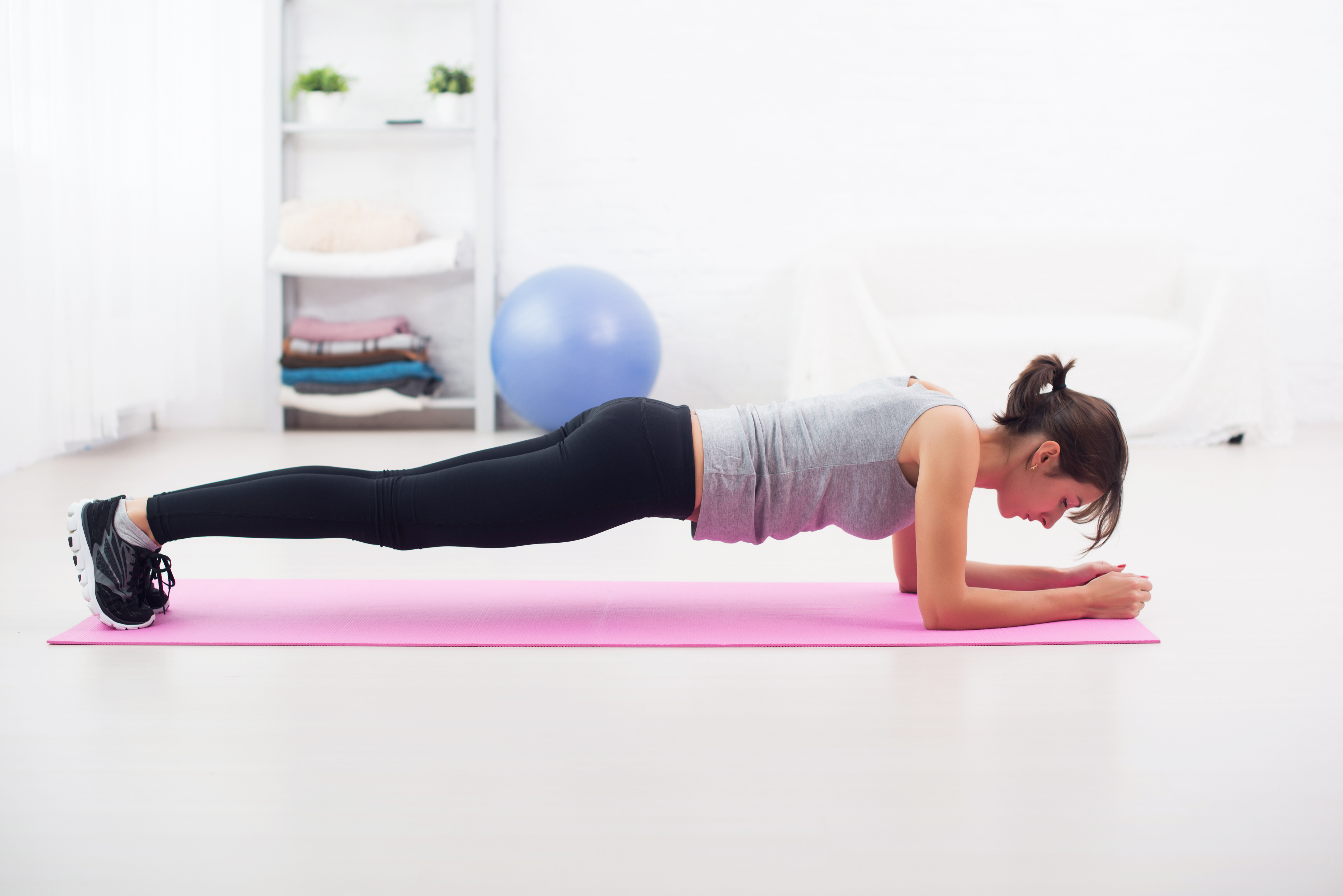
Controlling Breathing
Breathing techniques can and should be coupled with bracing to allow for better performance. The bracing techniques discussed above won’t help you lift more weight if there’s no increase in intra-abdominal pressure.
Spinal stability is generated partly by diaphragm activation. When pressure is increased in the abdominal cavity, it helps support the spine and works against the compression forces of axial loading (the kind of loading in a squat or standing shoulder press).
To learn how to breathe into the lungs and create that intra-abdominal pressure, you can practice something called crocodile breath.
Lie on your stomach with your face resting on the back of your hands. Now breathe deeply so that your low back rises instead of your shoulders and expanding out sideways. Practice a few times and you’ll get the idea.
Summary
Everyone wants to learn the newest program, lifts, and techniques to wow the treadmill bunnies and stand above their friends. It’s wise to first take a step back though and look at the champions in any sport – I guarantee you’ll see that they all share an obsession with practising the basics that produce results. Keep your damn core tight!
